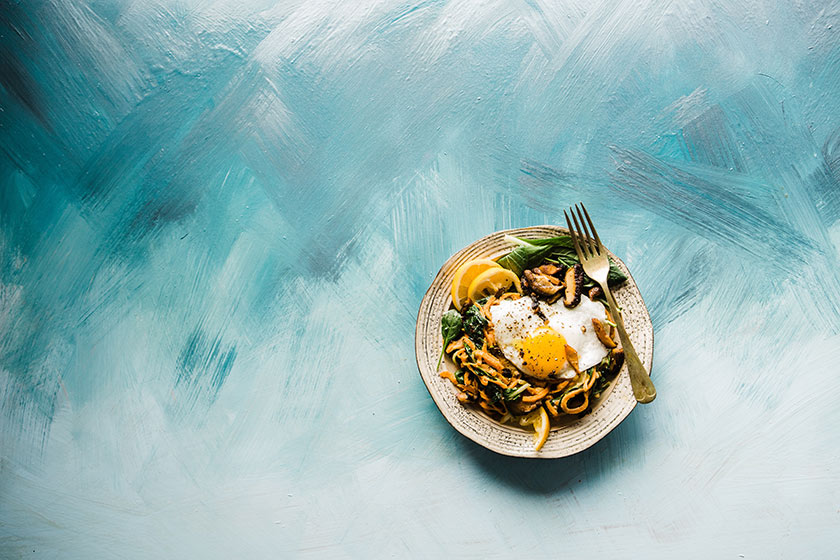Shop At Haya: Your Ultimate Shopping Guide
Discover the best shopping tips, trends, and deals for a smarter buying experience.
Snap, Savor, Shine: Deliciously Capturing Your Culinary Creations
Unleash your inner chef! Discover tips to snap stunning food pics and savor every bite—let your culinary creations shine!
5 Essential Tips for Capturing Stunning Food Photos
Capturing stunning food photos requires not only an eye for composition but also a solid understanding of lighting. Natural light is your best friend; aim to shoot during the golden hour, either shortly after sunrise or before sunset, when the light is soft and flattering. Avoid harsh overhead lighting, which can create unappealing shadows. Additionally, consider using a white reflector, such as a piece of cardboard or white foam, to bounce light and eliminate dark shadows on your dish.
Another essential tip is to style your food with care. The visual impact of your photos can be greatly enhanced by thoughtful plating and the use of colorful garnishes. Incorporate contrasting colors and textures to make your dish pop. When composing the shot, try using the rule of thirds—imagine dividing your frame into a 3x3 grid and place your main subject along those lines or at their intersections. This technique can help create a more dynamic and engaging image that draws the viewer's attention.

The Art of Plating: How to Make Your Dishes Shine
The Art of Plating is more than just arranging food on a plate; it's about creating a visual masterpiece that enhances the dining experience. To make your dishes shine, start by selecting the right plate size and color. A larger plate can make a small portion appear elegant, while a colorful or textured plate can serve as a backdrop that highlights the vibrant colors and textures of your food. Utilize negative space effectively; leaving some white space on the plate allows the dish to breathe and draws attention to the food itself.
Next, consider the composition of your dish. Begin by placing the main protein in the center, followed by complementary sides arranged in a harmonious manner. Incorporate garnishes that add both flavor and visual appeal, such as microgreens or edible flowers. Lastly, remember to enhance the overall presentation with sauces or purees, drizzled artistically on the plate. By mastering these aspects of plating, you can transform any meal into an inviting culinary creation that is not only delicious but also a feast for the eyes.
What Makes a Perfect Food Photo? Key Elements You Need to Know
Capturing the essence of food photography requires an understanding of several key elements that elevate an image from ordinary to extraordinary. First and foremost, lighting plays a critical role; natural light is often preferred as it brings out the true colors and textures of the food. Positioning your dish near a window can yield beautiful results, creating soft shadows and highlights. Additionally, composition is essential: consider the rule of thirds when framing your shot, allowing the viewer's eye to be naturally drawn to the focal point of the image. Finally, don’t forget about the surrounding elements; a simple and tidy background can enhance the overall appeal of the photograph.
Equally important are the elements of styling and props, which can significantly impact the perception of your food photo. Use contrasting colors to make your dish pop, and incorporate textures with utensils and napkins that complement the meal. Another vital aspect is the use of angles; different perspectives can dramatically change how the food is viewed. A top-down shot may be ideal for dishes with multiple components, while a side angle can showcase layers in desserts or burgers. In conclusion, understanding and mastering these key elements will help you create stunning food photos that engage and inspire your audience.